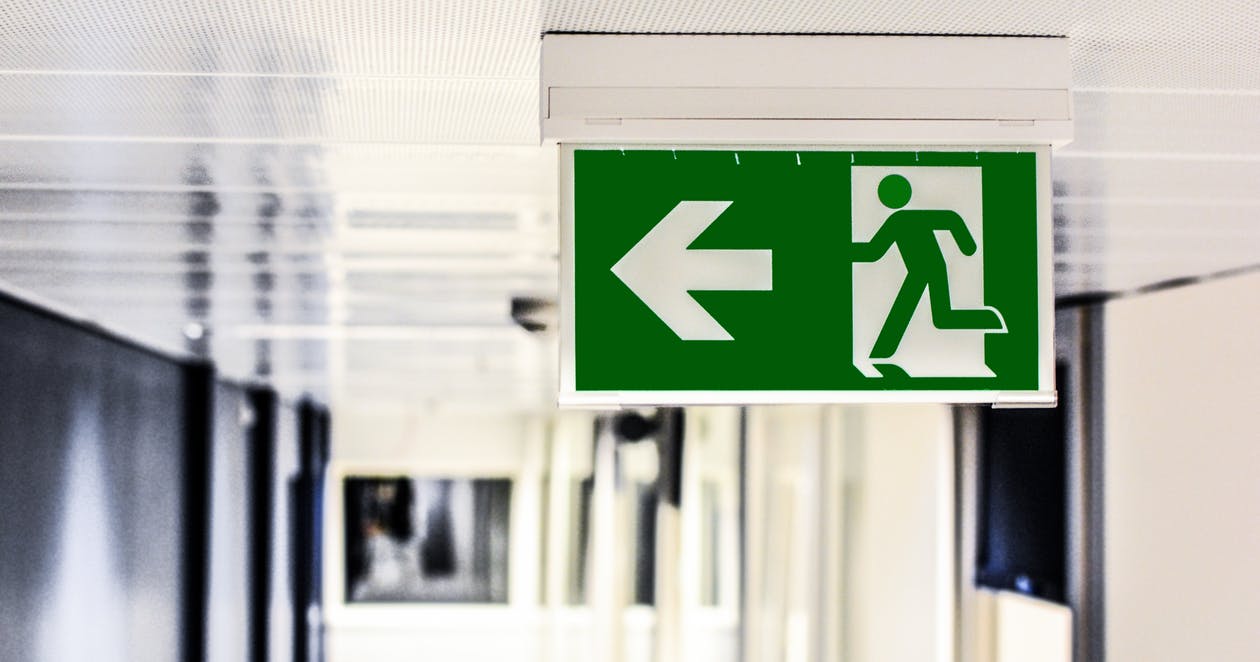
The presence or absence of safety signs in your workplace has significant consequences to the general wellbeing of the public. It is for this reason why government institutions have gone as far as imposing rules and regulations on the necessity of having these markings. The institutions are strict in enforcing the regulations, and therefore you have to comply with them or face dire penalties. Safety precautions in a workplace cannot be overstated because of the inherent risks that we face every day. However, the means through which these warnings are communicated will determine the extent of which safety is preserved.
One method of communicating a risk or hazard in the workplace is through safety signs. Safety signs are most common methods used because they are considered to be convenient, affordable and efficient. Wall signs, labels, and floor signs can go a long way in communicating instructions, requirements, hazards and pathways. It is important to note that an adequate signage is embodied by visible colors and illustrative or obvious diagrams. The diagrams and symbols act as aids to those who may not necessarily understand the language in which the warning or instruction is written.
They’re various types of business signs and labels, and they are highlighted as follows;
Prohibited
Primarily, these are signs which indicate that a particular action or task is forbidden at a particular location. This safety sign is characterized by the color red with a white inset. Occasionally you might have a drawing illustrating the action that is prohibited. The most common prohibition safety sign in the workplace, “No Smoking” sign. These signs are put up in prominent places, and a failure to observe would lead to dreadful consequences.
Warning
 Warning signs are characterized by black writing, a black border, and yellow inset. These signs notify onlookers of an anticipated risk or hazard which is not ongoing but could be prompted by a particular action. Warning signs are frequently referred to as danger signs, and they are common in construction sites as well as within warehouses.
Warning signs are characterized by black writing, a black border, and yellow inset. These signs notify onlookers of an anticipated risk or hazard which is not ongoing but could be prompted by a particular action. Warning signs are frequently referred to as danger signs, and they are common in construction sites as well as within warehouses.
Mandatory signs
These are signs which necessitate a particular action from persons entering a specific location. For example, such signs could require entrants to know something or wear a certain clothing or helmet before progressing further. Mandatory signs are blue and white in color, and in most instances, they are embodied with an informative message. Examples of these signs are, “Keep Out” and “Watch your head.”…
